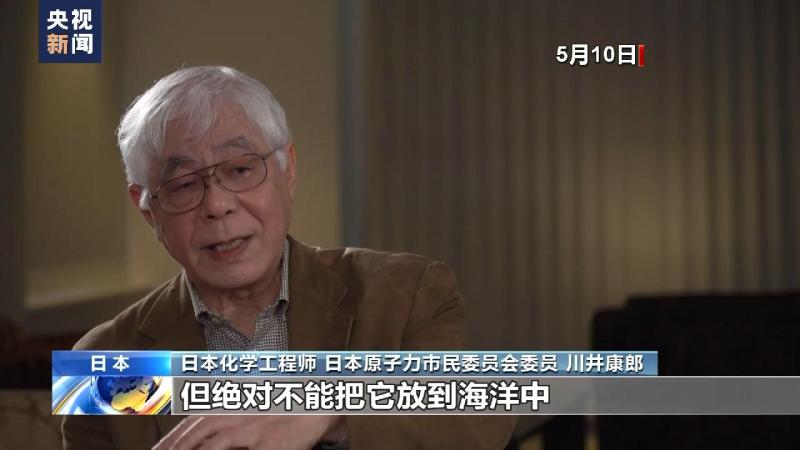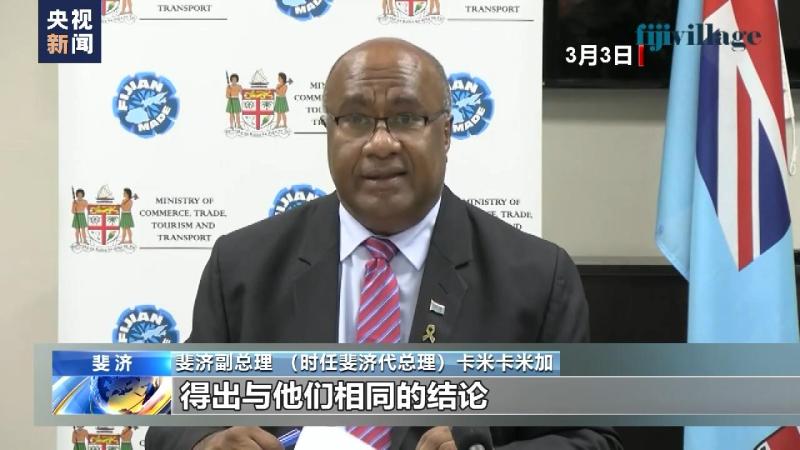Ignoring public opinion and going against the current, asking three questions about the safety of Japan's nuclear contaminated water discharge into the sea | handling | public opinion
June 8th every year is World Oceans Day established by the United Nations. This year's theme is "Ocean Planet: Tidal Changes", aimed at informing the public about the impact of human activities on the ocean and promoting the collective protection of the ocean by all humanity. However, the Japanese government has gone against the trend, disregarding protests and dissatisfaction from the international community, and insists on pushing for the Fukushima nuclear contaminated water discharge plan. Recently, Tokyo Electric Power Company injected seawater into the Fukushima Daiichi Nuclear Power Plant's contaminated water discharge tunnel, and the entire discharge project is scheduled to be completed by the end of this month. It is expected to gradually discharge contaminated water into the sea starting from July.
So where is Japan's strong push for Fukushima nuclear contaminated water to be discharged into the sea wrong? What are the serious consequences it brings?
Question 1: Is sea discharge the only option?

Of course not, in fact, even Japan itself has proposed five treatment plans for nuclear contaminated water, which are: solid-state burial underground, discharge along underground pipelines into deep underground, turn into water vapor and discharge into the atmosphere, electrolytic treatment, and direct discharge into the sea. However, discharging into the sea is easy to operate and cost-effective, so the Japanese government directly chose this treatment plan. Faced with doubts from domestic politicians and the public, the Japanese government chose to turn a blind eye.
Japanese chemical engineer Yasuro Kawai, member of the Japan Atomic Energy Citizen Committee: Concrete pits can be excavated underground and then mortar solidification operations can be carried out on nuclear contaminated water. Mortar placed in concrete will harden over time and no longer have fluidity, but it must not be placed in the ocean. Radioactivity will decay after hundreds or thousands of years, which is almost harmless. This is a very good idea.
Question 2: Can the Japanese government's claim that "treating water" is safe and harmless hold true?

Since the nuclear leak in Fukushima in 2011, the Japanese government has been promoting the safety and harmlessness of treated "nuclear contaminated water" on multiple occasions. Japanese politicians have been invited to perform and drink "treated water" in public, and even professors from Oxford University in the UK have been invited to try to "whitewash" the situation. However, all these actions have not dispelled the concerns and doubts of the international community. The director of the South Korean Atomic Power Research Institute, Zhu Hankui, recently denied the statement that "Fukushima nuclear contaminated water can be consumed", stating that according to the official position of the research institute, the nuclear contaminated water far does not meet drinking standards. Even more ironically, Tokyo Electric Power Company released a report on June 5th stating that in May of this year, the sea fish caught in the harbor of the Fukushima Daiichi Nuclear Power Plant, the Xu's flatfish, had detected a serious excess of radioactive element cesium in its body, reaching 18000 becquerels per kilogram. The standard for radioactive substances in Japanese food is no more than 100 becquerels per kilogram, which is 180 times higher than the prescribed standard.
So far, the Japanese side has not provided sufficient scientific and factual basis to address the international community's concerns about the legitimacy of Japan's sea discharge plan, the effectiveness of purification devices, the reliability of nuclear contaminated water data, and the uncertainty of environmental impact. In addition, the performance and efficiency of the multi nuclide treatment system used to treat nuclear contaminated water under long-term high load operation are questionable.
Fiji's Deputy Prime Minister Kamikamika: Our independent expert group is unable to draw the same conclusions as the Japanese government and the Atomic Energy Agency based on the data and information shared by them. I have a question that I have to ask, why is water treated with ALPS so safe that it is not used for other purposes in Japan? For example, used in manufacturing and agriculture.

Question 3: Why is it said that the Fukushima nuclear contaminated water has endless consequences for being discharged into the sea?
Fukushima nuclear contaminated water contains over 60 radioactive nuclides, many of which have not yet been effectively treated. Some long-lived nuclides may diffuse with ocean currents and form a biological enrichment effect. The discharge of Fukushima nuclear contaminated water into the sea has cross-border impacts, and based on existing information, it is expected that the discharge will last for up to 30 years. According to research by the German Institute of Oceanography, radioactive materials can spread to most of the Pacific Ocean within 57 days from the date of discharge, and then spread to global waters 10 years later. In addition, the atmospheric cycle may evaporate nuclear contaminated water into the clouds, which can then be transformed into rainwater and spread throughout every corner of the Earth, making the potential harm difficult to estimate.
Radioactive tritium in nuclear contaminated water is absorbed by seaweed, forming stable organic tritium that is eaten by fish and shrimp and taken to the human dining table. In addition, the half-life of cobalt 60 in nuclear contaminated water is approximately 5.27 years, and it releases gamma rays during its decay process. If a person is exposed to gamma rays for a long time, mild cases may cause hair loss, while severe cases may result in a decrease in white blood cells, causing diseases in the blood system. This type of radioactive isotope undergoes a half-life, and the radioactive element is only halved and will not disappear. Complete disappearance requires countless half-lives. The radioactive elements in nuclear contaminated water have a half-life of as short as ten years, and the longest can reach over 5000 years.

Ken Buceller, Senior Researcher at the Woods Hole Institute of Oceanography in the United States: Cesium 137, cesium 134, and the like may take weeks or months, and strontium 90 or plutonium may deposit in bones, which may take years for them to be excreted after ingestion, causing long-term damage.




